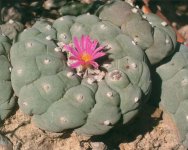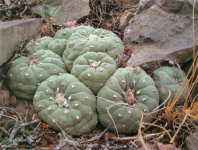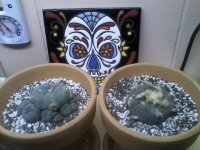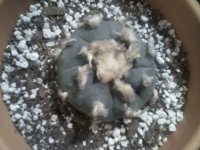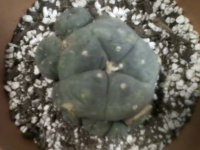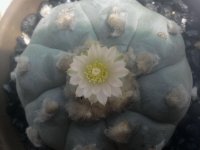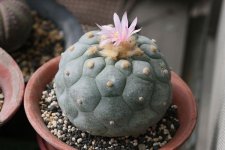Entheogenerator
Homo discens
Can anyone give me some advice or point me towards some literature on identifying the differences between Lophophora williamsi, Lophophora diffusa, Lophophora fricii, and any other species/variations? I can hardly find anything on the subject online, aside from a few sources saying that L. williamsi and L. diffusa are practically indistinguishable to the untrained eye. I can't find anything regarding L. fricii anywhere.
Anyone feel like giving some advice to an amateur cactophile?
I found a few pictures reported to be of L. fricii, but I couldn't distinguish between the different Lophophora species to save my life! :?
Anyone feel like giving some advice to an amateur cactophile?
I found a few pictures reported to be of L. fricii, but I couldn't distinguish between the different Lophophora species to save my life! :?

